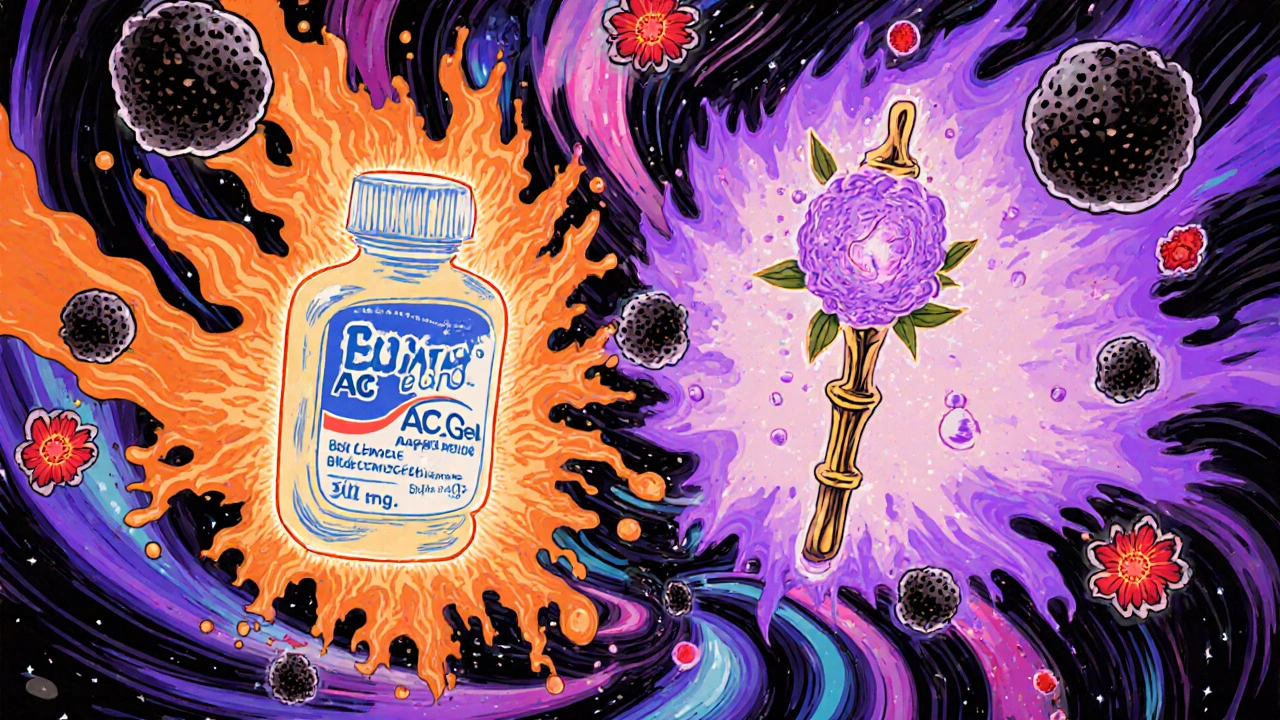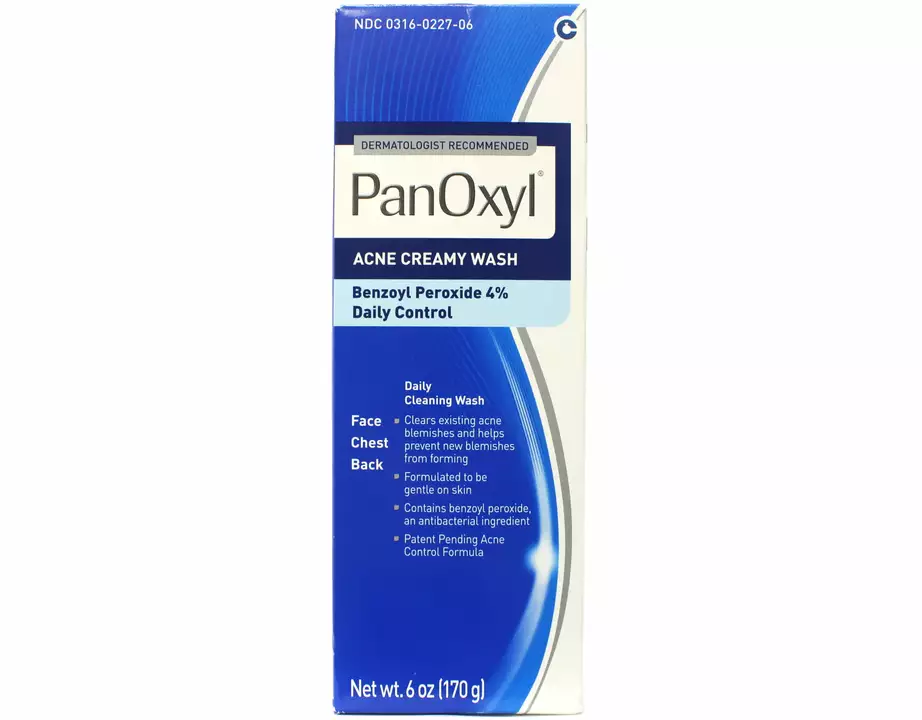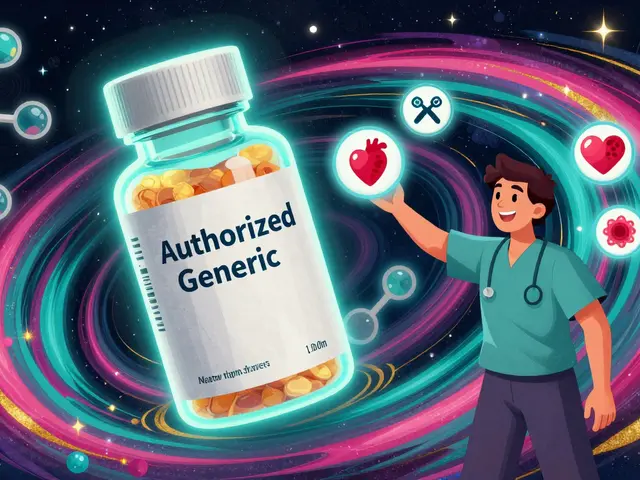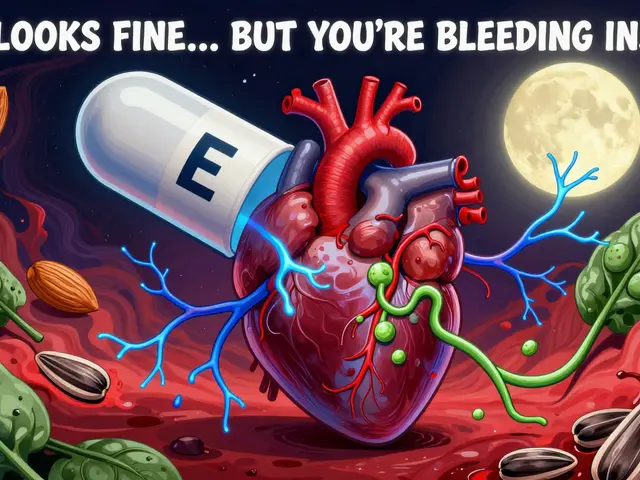Acne treatment: practical steps you can start today
Breakouts are annoying, but you don’t need a dozen products to fix them. Start with a clear plan: identify your acne type, pick a targeted treatment, and give it time. This page gives short, useful tips for everyday acne—whiteheads, blackheads, inflamed pimples, and cysts—and tells you when to get medical help.
First, sort your acne. Comedonal acne (blackheads and whiteheads) responds best to exfoliating ingredients like salicylic acid and topical retinoids. Inflamed acne (red pimples, pustules) often needs an antibacterial approach like benzoyl peroxide or a short course of topical/oral antibiotics from a doctor. Deep, painful cysts usually need prescription care—oral isotretinoin or injections from a dermatologist work faster than home remedies.
OTC basics that actually help
Keep your routine short. Use a gentle cleanser twice daily. Add one active treatment: 1) Salicylic acid (0.5–2%) helps unclog pores and reduces whiteheads. 2) Benzoyl peroxide (2.5–5%) kills acne bacteria and calms inflammation—apply once daily at first to test tolerance. 3) For evening use, try a topical retinoid (adapalene 0.1% is available over the counter) to speed cell turnover and keep pores clear. Don’t layer too many strong actives at once—irritation makes acne worse.
Patch test new products on your jawline for three days. If your skin gets red or stings, stop and try a lower strength or a different ingredient. Moisturize even if you have oily skin; a lightweight, non-comedogenic moisturizer prevents dryness and flaking from active treatments.
When to see a pro and what they may recommend
If acne leaves scars, causes deep cysts, or doesn’t improve after 8–12 weeks of consistent OTC care, see a dermatologist. They may prescribe stronger topical retinoids, topical antibiotics combined with benzoyl peroxide, oral antibiotics, hormonal treatments (birth control pills or spironolactone for women), or isotretinoin for severe cases. Each option has pros and side effects—ask about timelines and monitoring.
Small lifestyle changes help too. Avoid picking or squeezing—this prevents scarring. Use a broad-spectrum sunscreen daily; some treatments make skin more sensitive to sun. Clean pillowcases twice a week, avoid heavy makeup, and keep hair off your face. Diet-wise, reducing high-glycemic foods and cutting back on dairy can help some people, but results vary.
Finally, be patient. Most treatments take 6–12 weeks to show clear improvement. Track what you use and how your skin reacts. If progress stalls, change one thing at a time instead of cycling through products. Consistency beats complexity.
Want a quick starter routine? Gentle cleanser, salicylic acid serum in the morning, lightweight moisturizer, sunscreen. Evening: gentle cleanser, adapalene or benzoyl peroxide (pick one), moisturizer. If you’re not sure which to pick, a pharmacist or dermatologist can point you to the best option for your skin type.
Benzac AC Gel vs Alternatives: What Works Best for Acne in 2025
Benzac AC Gel with benzoyl peroxide treats acne but often causes irritation. Discover gentler, more effective alternatives like adapalene, azelaic acid, and tea tree oil that work without bleaching clothes or drying out skin.
Benzoyl Peroxide: A Dermatologist's Perspective
As a dermatologist, I've seen firsthand the benefits of benzoyl peroxide in treating various skin conditions, especially acne. It works by killing acne-causing bacteria and removing excess oils from the skin, leading to a clearer complexion. However, it's crucial to start with a low concentration and gradually increase it to avoid irritation. Remember to moisturize and use sunscreen to protect your skin while using benzoyl peroxide. Overall, it's a proven and effective solution for many people struggling with acne, but always consult a dermatologist before starting any new treatment.






